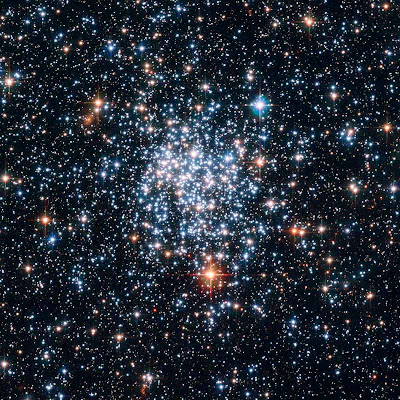
Stellar Populations in the Local Universe
The stars are a rich source of information for astronomers. Older stars allow us to learn about the conditions in our Galaxy billions of years ago, while younger ones teach us about the dominant dynamics and chemistry today.
Not all stars are equal. Older stars, for example, are generally red and have low mass, while younger ones include high-mass, blue stars . The stars are the source of chemical enrichment of the universe. They produce inside themselves all the heavy elements, and they spread them through the interstellar medium before or at the end of their lives.
Astronomers study stars of varied ages and backgrounds. Through them we learn about the history of our galaxy and nearby galaxies. Older stars allow us to learn about the conditions in our galaxy billions of years ago. Younger stars teach us about today‘s dominant dynamics and chemistry.
The study of both single stars and groups of them (open clusters and globular clusters) allows us to learn about the internal structure of our galaxy, including its dynamics and the presence of dark matter. They also teach us about the formation and chemical evolution of nearby galaxies.
Main researcher: Douglas Geisler.
Associated researchers: Marcio Catelán, Edgardo Costa, Andrés Jordán, René Mendez, Ronald Mennickent, Dante Minniti, Tom Richtler, Mónica Rubio, Sandro Villanova, Manuela Zocalli



